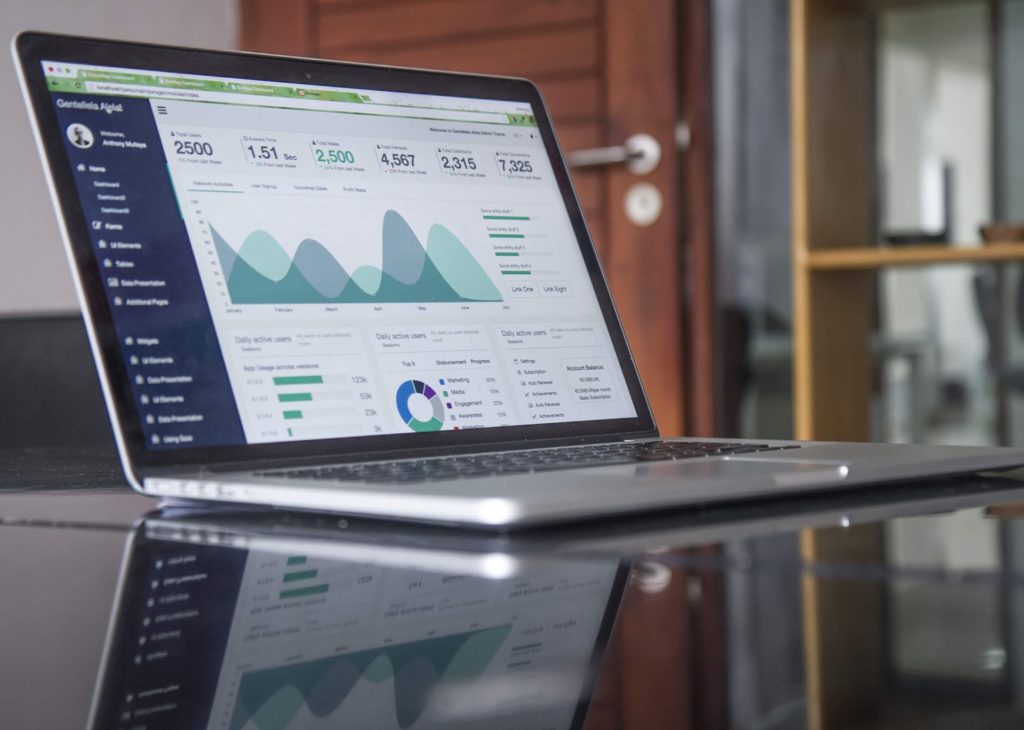A company’s data is a more valuable asset than ever. The ability to take raw data from multiple sources, and turn it into powerful analytics is a desired trait for any business owner looking to get to the top of their marketplace. However, data quality is paramount in making that happened. Instituting the best practices for the sake of your company lays out the framework for a bright future. This starts with implementing a proper data governance plan for your needs.
What is data governance?
Data governance is the term for the collection of practices and policies related to the effective acquisition and management of data, ensuring that a company is getting the most imperative information out of its data.
Governance confirms data quality and data security throughout an organization, enforcing who has data access, and their limitations on when. With increasing digitalization, every business has access to huge volumes of data, making a data governance implementation plan more important than ever.
A data governance plan lays out how your business will benefit from consistent processes and responsibilities. It also ensures that retention requirements are met to ensure compliance within master data management. Implementing data governance within an organization defines the type of useful data and its quality standards.
A data governance committee within a company may assign roles and define responsibilities for data management. Governance also creates adherence to policies and workflow for the use of data. This will also create continuous monitoring of data practices.
Creating a Governance Plan
Effective data governance is only a reality if the quality of data is accounted for, and data protection is maintained. Data governance initiatives start from the ground up. It starts with an analysis of current data assets to determine what goes into an organization’s data governance framework. The next step is to define acceptable data formatting from that business intelligence.
Profiling as part of data governance determines the crucial components to each business unit that enriches these assets. This could involve combining two or more parts of data in a single plate, augmenting the data with complementary information and metadata.
Data governance efforts fall not just on the team handling the master data and creating strategy. The success of data governance falls on everyone within an organization. Each specific data asset should have a designated governance team member or employee accountable for that sect of data accountability.
This is an ongoing process that determines business outcomes, but data privacy is paramount. However, continuous feedback and monitoring can ensure that a data governance policy is not only strong but ever-improving with feedback from all people with a hand in the data governance framework.
Benefits of Data Governance
Among the greatest benefits of data, governance is the ability to make better business decisions through data use. Data governance gives decision-makers access to a strong operating model with in-depth and reliable analytics. This allows for a sense of completeness when making choices for the long-term success of your business. A properly structured data governance team can also boost efficiency among employees. With standardized data availability, teams can avoid duplications of their efforts that end up making for incorrect analytics and an abundance of bad data.
Data governance also creates a higher level of accountability and a greater sense of data security. Each data asset has its owner and a defined life cycle, reducing the chance of a breach. This also allows businesses the opportunity to unleash the power of valuable statistics within that data warehouse.
A data governance plan can also help companies avoid any potential violations related to stringent data protection regulations. Many companies struggle to control data flow and end up facing penalties. A highly mature data governance framework assures consistent monitoring and recognition of those guidelines.
